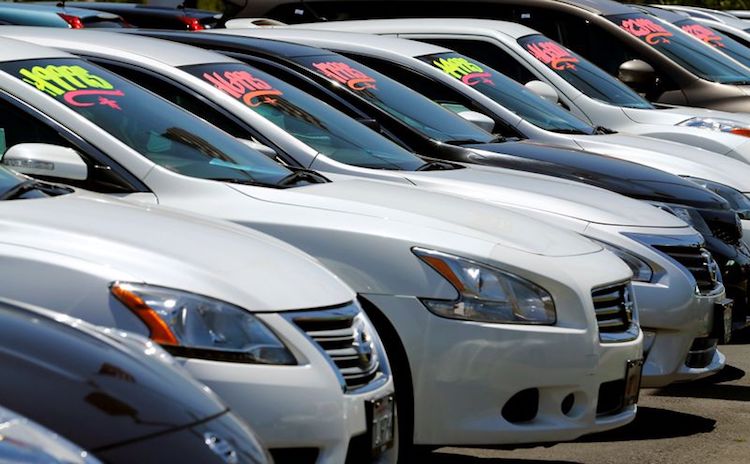- Home
- The Feature
- Car Parts Shortage Until 2023?

Car Parts Shortage Until 2023?
A shortage of computer chips that sent auto prices soaring over the last several months had appeared to be easing back and giving consumers who are in the market for a new car, a sense of relief.
However, that hope has dimmed and a parts shortage will keep auto prices sky-high.
A surge in COVID-19 cases in several Asian countries that are the main producers of auto-grade chips has impacted the supply shortage.
It has caused a slowing of the return to normal auto production and keeping the supply of vehicles low.
Analysts are saying that record-high consumer prices for vehicles will extend into next year and might not fall back until 2023.
The global parts shortage involves not only computer chips. Automakers are also starting to see shortages of glass, plastics and wiring harnesses. The impact can be seen beyond automobiles. Vital supplies and components for goods ranging from farm equipment and industrial machinery to sportswear and kitchen accessories have also bottled up at ports around the world as demand outpaces the supply.
General Motors and Ford have announced one- or two-week closures at multiple North American factories, some of which produce their hugely popular full-size pickup trucks because of the parts shortage.
In August, shortages of semiconductors and additional parts forced Toyota to announce it would slash production by at least 40% in Japan and North America for two months. The cuts means a reduction of 360,000 vehicles worldwide in September. Toyota now foresees production losses into October.
Nissan announced in mid-August that chip shortages would force it to close its immense factory in Smyrna, Tennessee, until Aug. 30, now says the closure will last until Sept. 13.
In addition, Honda dealers are bracing for fewer shipments of vehicles.
This is the ultimate example of supply vs. demand. Fewer vehicles in production means one thing for consumers, price spikes. The average price of a new vehicle sold in the U.S. in August hit a record of just above $41,000 — nearly $8,200 more than it was just two years ago, J.D. Power estimated.
With consumer demand still high for vehicles, automakers have no pressure to discount their vehicles. Forced to conserve their scarce computer chips, automakers have routed them to higher-priced models — pickup trucks and large SUVs, which ultimately is driving up average prices.
The cause of the computer chip shortage beating down the auto and other industries stem from the pandemic early last year. U.S. automakers were forced to shut factories for eight weeks to help stop the virus from spreading. Some parts companies canceled orders for semiconductors. At the same time, with tens of millions of people hunkered down at home, demand for laptops, tablets and gaming consoles skyrocketed.
When auto production resumed, consumer demand for cars was still strong. But chip makers had shifted production to consumer goods, creating a shortage of weather-resistant automotive-grade chips.
In August, new vehicle sales in the U.S. dropped nearly 18%, due to the supply shortages. Automakers reported that U.S. dealers had fewer than 1 million new vehicles on their lots in August, which was 72% lower than in August 2019.
The consulting firm Alix Partners has calculated that if auto production were to immediately regain its highest-ever level for vehicles sold in the U.S., it would take more than a full year to achieve a more normal 60-day supply of vehicles, which would help force prices to head down.
“Under that scenario,” said Dan Hearsch, an Alix Partners managing director, “it’s not until early 2023 before they even could overcome a backlog of sales, expected demand and build up the inventory.”
The current situation is that parts supplies remain scarce and production cuts spreading, many dealers are nearly out of new vehicles to sell.
